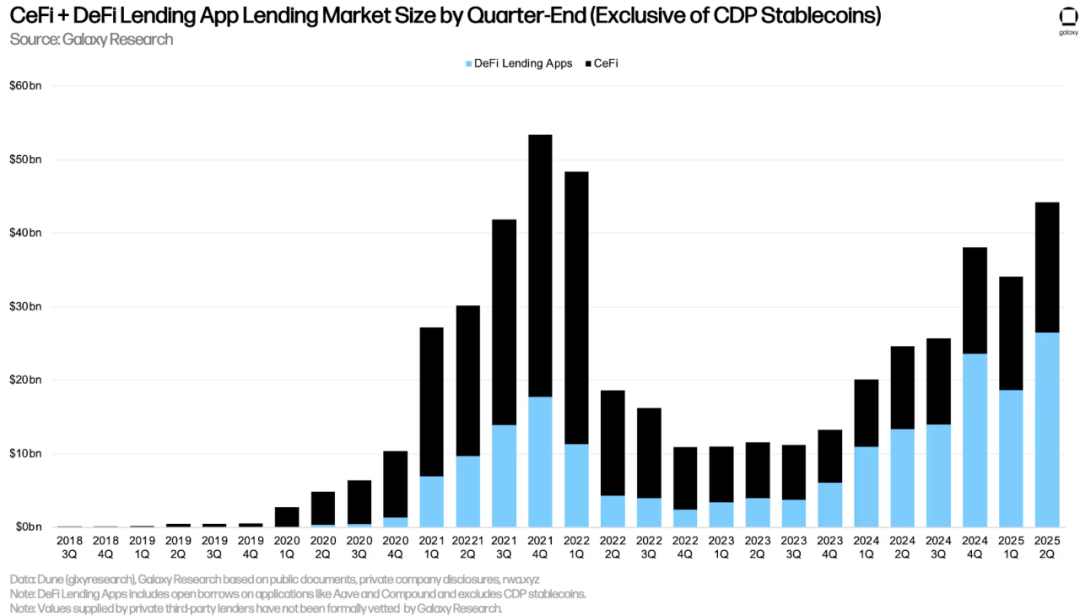After years of tension between cryptocurrency and traditional finance, a symbolic shift is emerging within the world's largest bank.
According to reports, JPMorgan Chase is preparing to allow institutional clients to use Bitcoin and Ethereum as collateral for cash loans.
This means that borrowers at the bank can pledge these two cryptocurrencies with the highest market capitalization, and the related assets will be held by approved third-party custodians such as Coinbase.
The plan is expected to launch by the end of 2025.
This move is quite ironic. The CEO of this financial giant, Jamie Dimon, is a well-known critic of cryptocurrency, having previously described Bitcoin as a "scam."
However, the growing demand from the emerging cryptocurrency industry has forced him to support the company's launch of related products.
A New Chapter for Digital Collateral
JPMorgan's initiative could quietly rewrite the boundaries between digital assets and the regulated credit market.
According to data from Galaxy Research, as of June 30, the total outstanding loans in decentralized finance reached $17.78 billion, a 15% increase quarter-over-quarter and a 147% increase year-over-year.

When including decentralized loans, the total balance of cryptocurrency collateralized credit reached $53.09 billion in the second quarter of 2025, marking the third-highest record in history.
These figures reflect a structural shift: as digital asset prices rise, lending activity increases in tandem.
This trend has narrowed credit spreads, making loans more attractive to traders and corporate finance departments.
Additionally, companies are beginning to use cryptocurrency collateralized lending for operational financing, substituting debt secured by digital assets for equity issuance.
In this context, JPMorgan's entry is less of an experiment and more of a decisive move for the institution to "catch up with peers" in the emerging industry.
In this regard, cryptocurrency researcher Shanaka Anslem Perera estimates that this model could unlock $10 billion to $20 billion in instant lending capacity for hedge funds, corporate finance departments, and large asset management firms.
These institutions seek to obtain dollar liquidity without having to sell their cryptocurrency tokens.
From a practical standpoint, this means that companies can now raise funds using digital assets, with processes consistent with loans secured by U.S. Treasuries or blue-chip stocks.
The Significance of JPMorgan's Move
Although cryptocurrency collateralized lending has become relatively common in decentralized finance (DeFi) protocols and small centralized finance lending institutions, JPMorgan's participation institutionalizes this model.
The bank's entry signifies that digital assets have matured enough to meet the compliance, custody, and risk management standards of the global financial industry.
Matt Sheffield, Chief Information Officer of Ethereum-focused financial firm SharpLink, believes this development could reshape how asset management firms and funds manage their balance sheets.
He stated, "So far, many traditional financial institutions that rely on bank transactions have had to choose between holding Ethereum spot and other positions."
"And this global investment bank is working to change that. By using positions held by third-party custodians as collateral for lending, institutions can build more profitable portfolios and enhance the value of collateralized assets."
At the same time, this decision also strengthens JPMorgan's overall positioning in the cryptocurrency space.
Over the past two years, the bank has built a blockchain-based settlement network called Onyx, processing billions of dollars in tokenized payments and exploring digital asset repurchase transactions.
Accepting Bitcoin and Ethereum as loan collateral completes the closed loop of "issuance-settlement-credit," all of which rely on blockchain infrastructure.
Based on this, Sheffield predicts that this move will trigger a "competitive chain reaction" among large banks. He noted:
"This will create a wave. For large institutions, the deterrent of 'first mover advantage' is significant. After risk is reduced, other banks will follow suit; if they do not act, they will lose competitiveness."
Currently, competitors such as Citigroup and Goldman Sachs have expanded their digital asset custody and repurchase businesses; BlackRock has incorporated tokenized Treasuries (BUIDL) into its fund ecosystem; and Fidelity has doubled the number of employees in its institutional cryptocurrency division this year.
Opportunities and Challenges
Despite Wall Street's increasing acceptance of digital assets, challenges remain.
Banks entering this market must contend with the inherent volatility of cryptocurrencies, the uncertainty of regulatory capital treatment, and the persistent counterparty risk, all of which limit their ability to expand cryptocurrency collateralized lending.
U.S. regulators have yet to issue clear capital weight guidelines for digital collateral, leading institutions to rely on conservative internal models. Even with third-party custodians managing custody risks, regulatory oversight is expected to remain stringent.
Nevertheless, the trajectory of industry development is clear: digital assets are gradually integrating into the framework of the global credit market.
Bitcoin analyst Joe Consoerti stated that these initiatives indicate: "The global financial system is slowly reconfiguring collateral around the highest quality assets known to humanity."
免责声明:本文章仅代表作者个人观点,不代表本平台的立场和观点。本文章仅供信息分享,不构成对任何人的任何投资建议。用户与作者之间的任何争议,与本平台无关。如网页中刊载的文章或图片涉及侵权,请提供相关的权利证明和身份证明发送邮件到support@aicoin.com,本平台相关工作人员将会进行核查。




